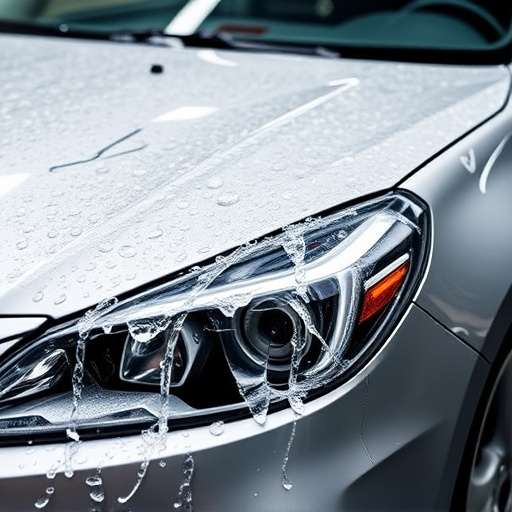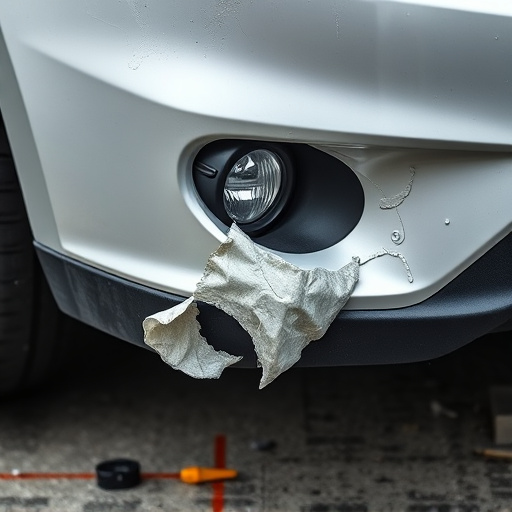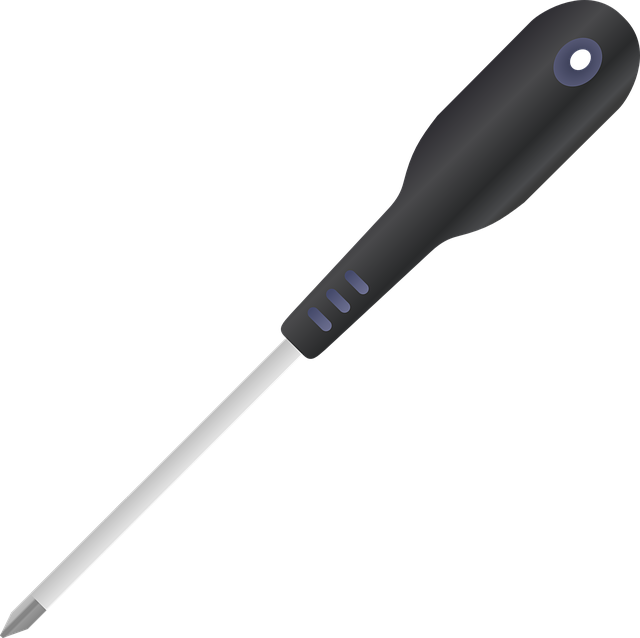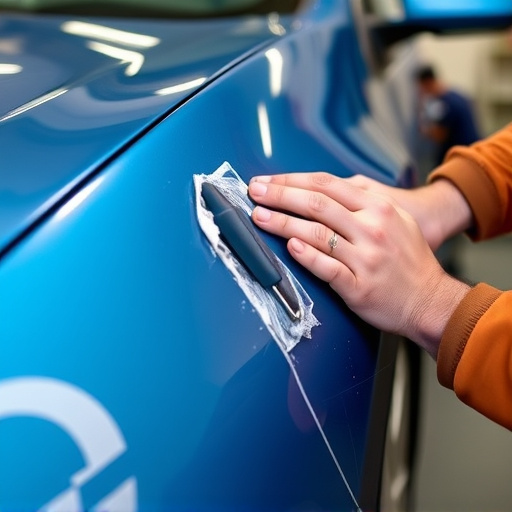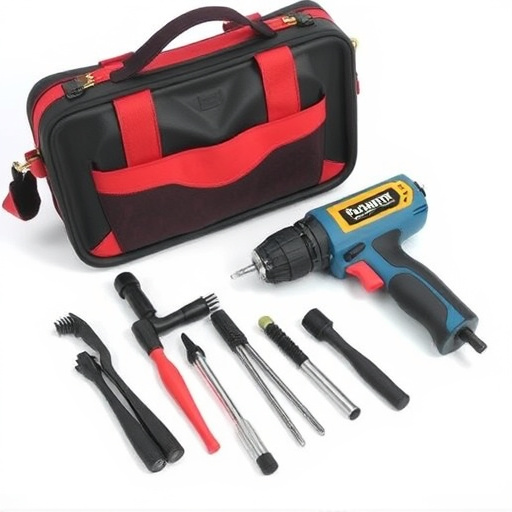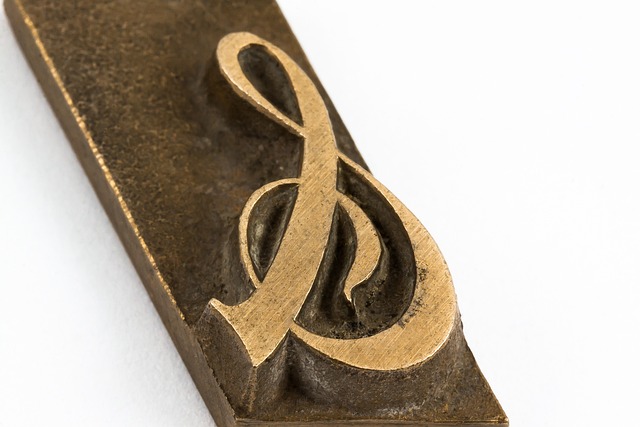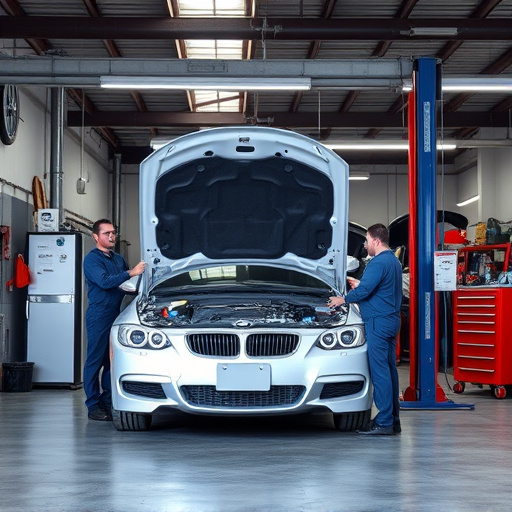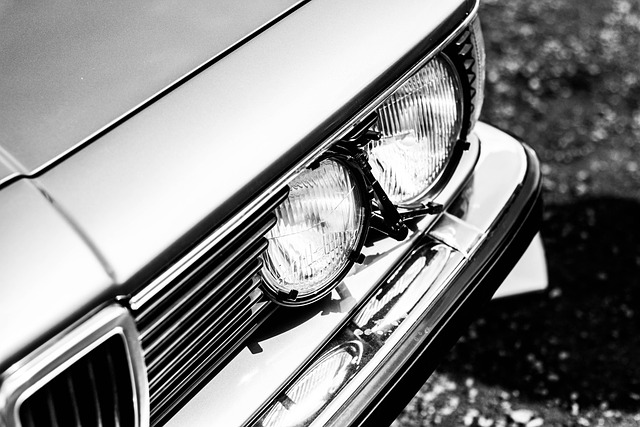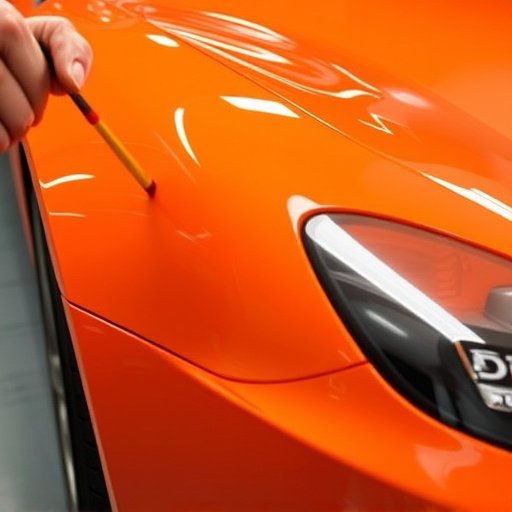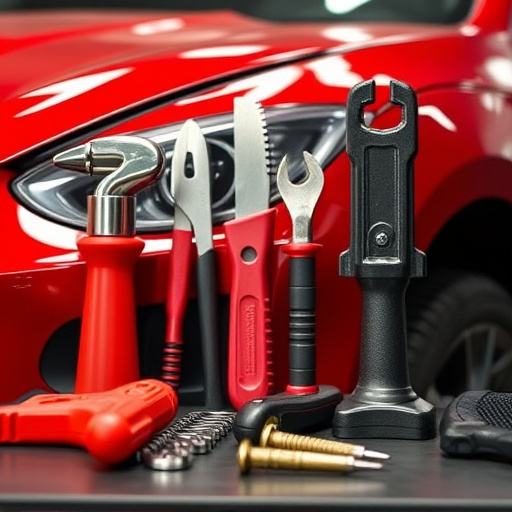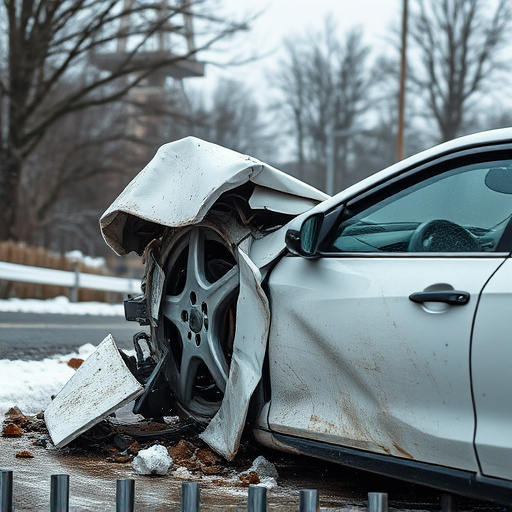Advanced technologies like CAD software, laser technology, and robotics have revolutionized auto body structural repair. These innovations ensure precise measurements, accurate damage assessment, and high-quality repairs, reducing human error, speeding turnaround times, and enhancing customer satisfaction. Automation streamlines production, improves safety, and enables efficient, cost-effective repairs for both fleet services and luxury vehicles.
In the realm of auto body structural repair, technology has emerged as a game-changer. Advanced tools and techniques, powered by innovation, are transforming traditional methods. Digital design and manufacturing have introduced unparalleled precision, while automation is revolutionizing safety and efficiency. This article explores these developments, highlighting how cutting-edge solutions are not only enhancing the quality of repairs but also shaping the future of the industry. From sophisticated software to robotic assistance, discover the impact that technology is having on auto body structural repair practices.
- Advanced Tools and Techniques in Auto Body Structural Repair
- Digital Design and Manufacturing for Improved Precision
- The Impact of Automation on Safety and Efficiency in Repair Processes
Advanced Tools and Techniques in Auto Body Structural Repair

The evolution of technology has significantly transformed auto body structural repair processes. Advanced tools and techniques are now at the disposal of technicians, enabling more precise and efficient repairs. One such innovation is computer-aided design (CAD) software, which allows for detailed measurements and accurate mapping of vehicle structures. This ensures that any damage is precisely assessed and repaired, maintaining the original integrity of the auto body.
Additionally, robotic systems have made significant inroads into repair shops, facilitating frame straightening and bumper repair processes. These robots offer consistent precision, reducing human error and expediting turnaround times. For instance, laser technology can detect even subtle deformities, while specialized tools for scratch repair provide flawless finishes. These advanced techniques not only enhance the quality of repairs but also contribute to cost-effectiveness and customer satisfaction in auto body structural repair.
Digital Design and Manufacturing for Improved Precision
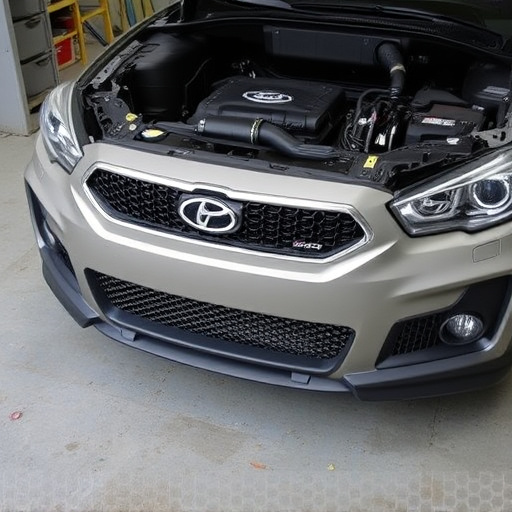
The advent of digital design and manufacturing technologies has revolutionized auto body structural repair. Computer-aided design (CAD) software allows for precise measurements and detailed digital blueprints, ensuring every component is crafted to exact specifications. This level of precision significantly reduces errors often associated with manual measuring and cutting methods. Digital models also facilitate rapid visualization and simulation, enabling technicians to anticipate potential issues before actual fabrication begins.
Furthermore, advanced manufacturing techniques like laser cutting and 3D printing offer unprecedented control over material removal and deposition. These technologies not only enhance accuracy but also streamline production times, making auto body structural repair more efficient and cost-effective. For fleet repair services and car paint repairs that demand high-quality finishes, digital design and manufacturing are indispensable tools, ensuring each vehicle is restored to its original—or even improved—state.
The Impact of Automation on Safety and Efficiency in Repair Processes
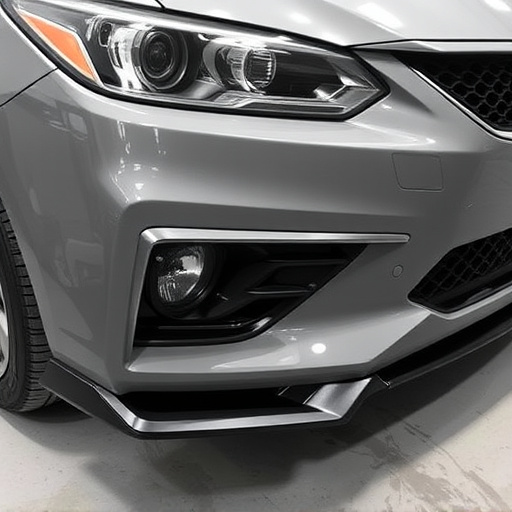
The advent of automation has brought about significant changes in the auto body structural repair industry. Robotic systems and advanced machine tools are now integral parts of many repair shops, revolutionizing how damage is assessed and repairs are executed. This technology offers immense advantages in terms of safety and efficiency. Automated systems can precisely identify and isolate problem areas, minimizing the risk of human error and ensuring that every component is thoroughly inspected.
In the realm of luxury vehicle repair, such as that found in Mercedes-Benz models, this level of precision is paramount. Car paint repair processes have also benefited from automation, with robotic applicators ensuring consistent, seamless finishes. This not only enhances the overall quality of repairs but also reduces the time required for laborious manual tasks, allowing technicians to focus on more complex aspects of the job. Automation streamlines the entire repair process, making it faster and safer while maintaining the high standards expected in auto body structural repairs.
Technology plays a pivotal role in transforming the landscape of auto body structural repair, offering enhanced precision, improved safety, and increased efficiency. Advanced tools and digital design manufacturing have revolutionized the way repairs are carried out, ensuring better outcomes. Automation streamlines processes, reducing potential errors while prioritizing customer safety. As the industry continues to embrace technological advancements, auto body structural repair is set to become more accurate, faster, and ultimately, a safer experience for all involved.
